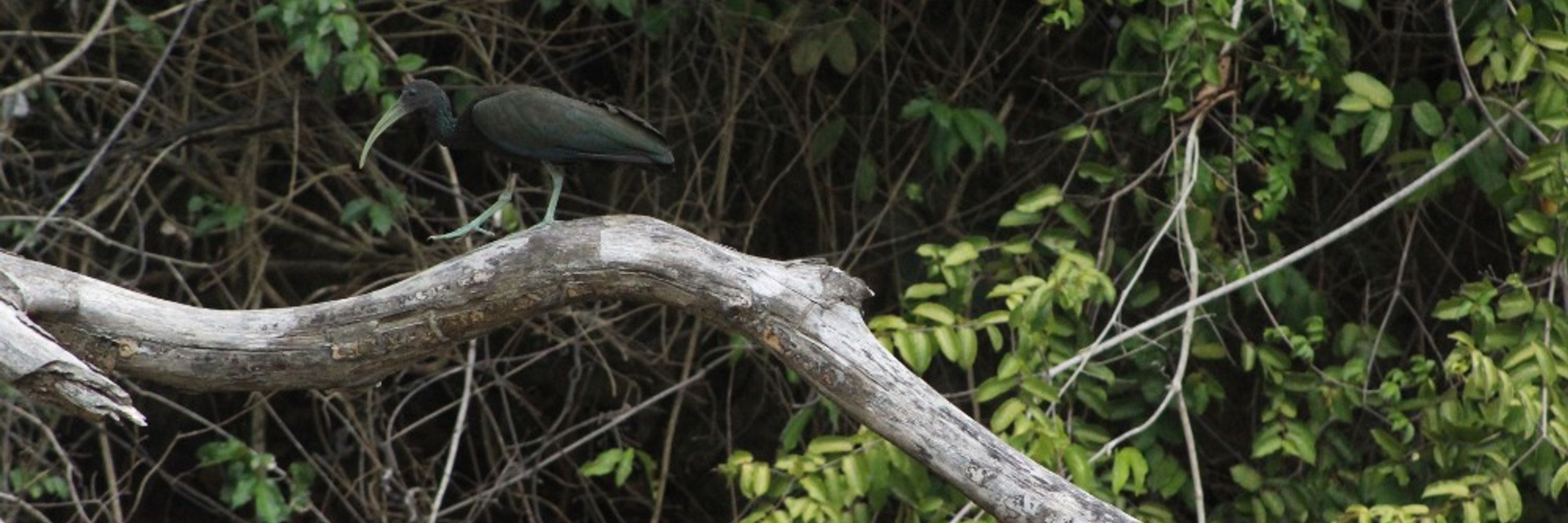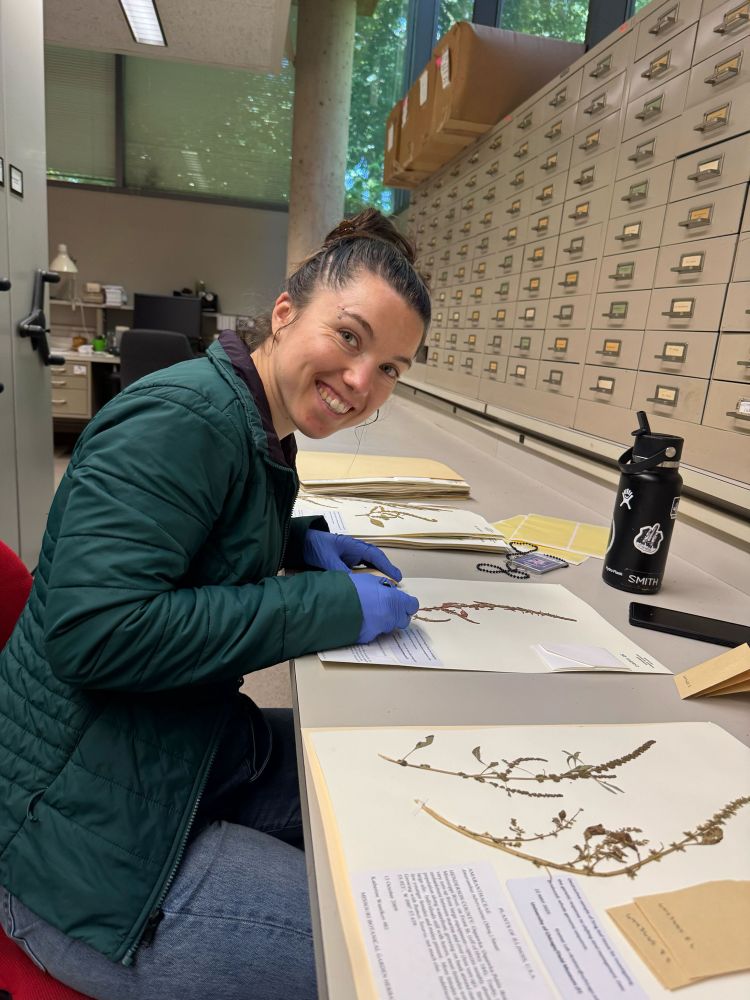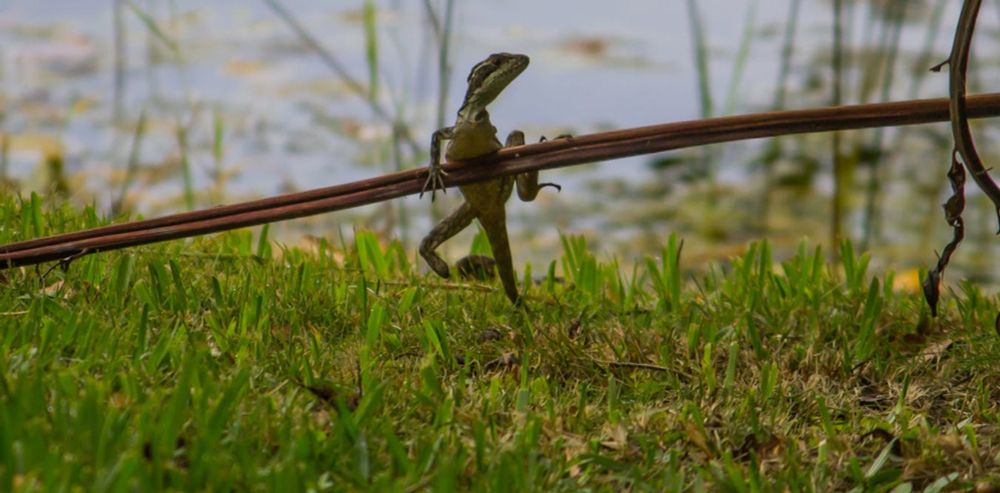Sean A. S. Anderson 🍉
@seananderson.bsky.social
510 followers
900 following
130 posts
Assistant Prof at Georgia Tech. Computational biology 🤝 field biology. Evolutionary ecology 🤝 evolutionary genetics. Thinking about how one species splits into two. https://seanasanderson.github.io/
Posts
Media
Videos
Starter Packs
Reposted by Sean A. S. Anderson 🍉
Reposted by Sean A. S. Anderson 🍉
Reposted by Sean A. S. Anderson 🍉
Reposted by Sean A. S. Anderson 🍉
Reposted by Sean A. S. Anderson 🍉












